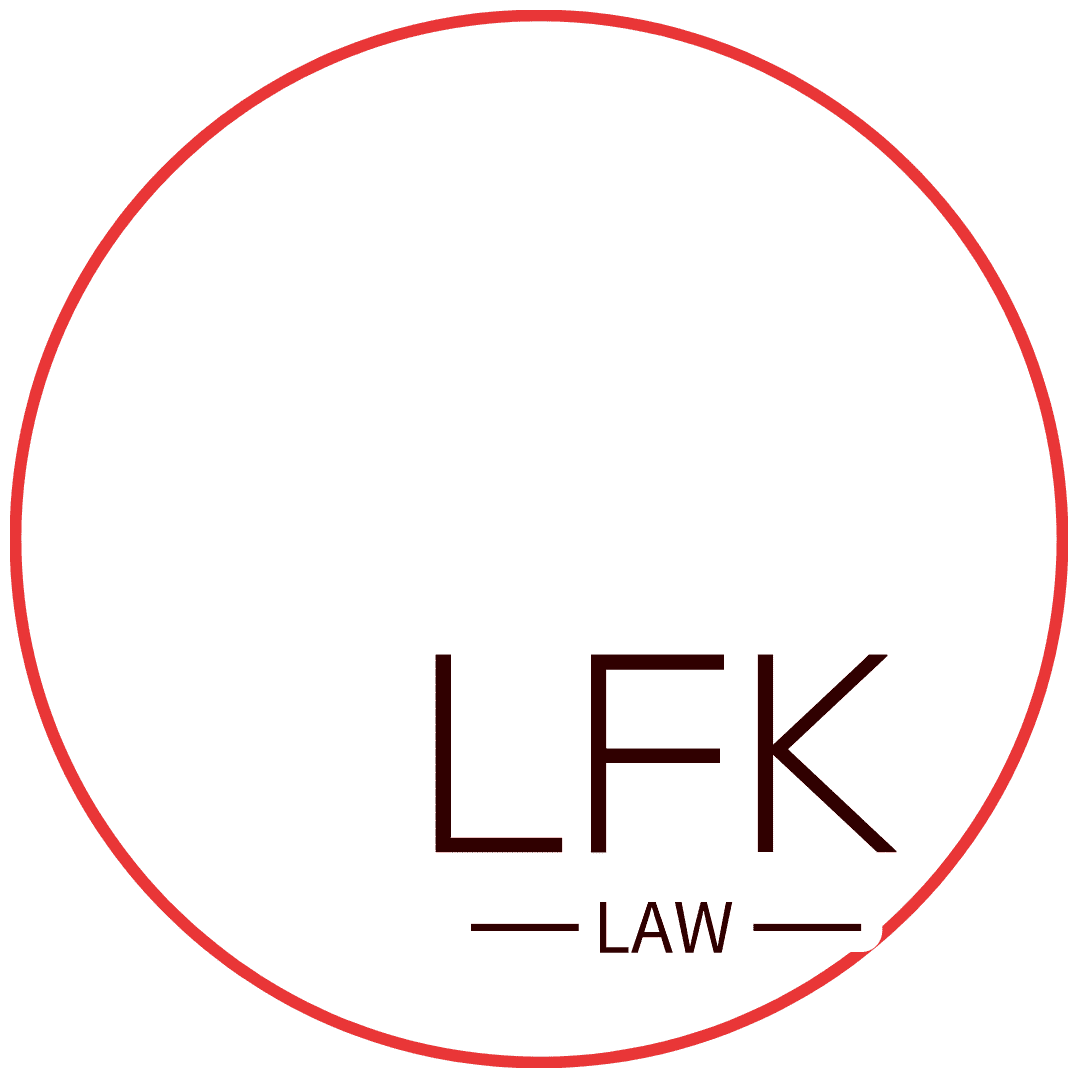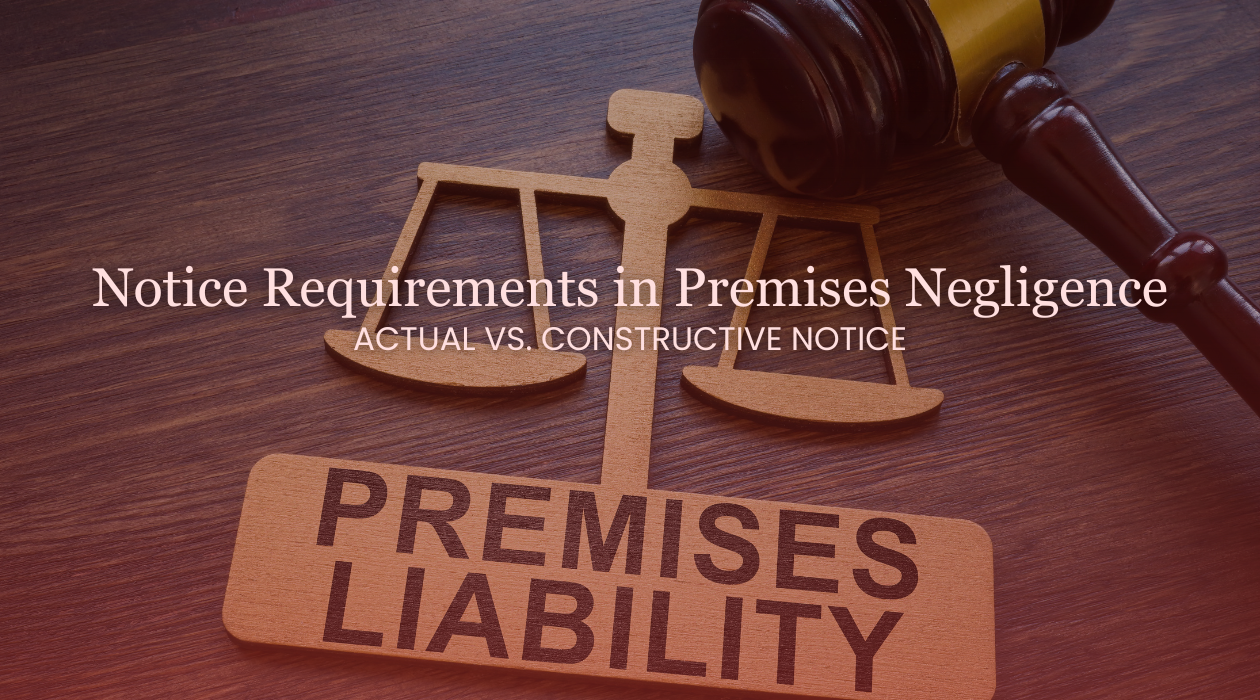
Notice Requirements in Premises Negligence
Actual vs. Constructive Notice
November 5, 2025
When someone slips, trips, or falls on another person’s property, one of the biggest legal questions is:
Did the property owner know — or should they have known — about the dangerous condition?
This is what’s known as “notice.”
In premises negligence cases, proving notice is key to showing that the owner was responsible for keeping the property safe.
What Is “Notice” in a Premises Liability Case?
In personal injury law, notice means the property owner was (or should have been) aware of a hazardous condition and failed to fix it.
There are two main types of notice:
1. Actual Notice
This means the owner actually knew about the danger.
Examples include:
- A store employee saw a spill but didn’t clean it up.
- A landlord received written complaints about a broken step but ignored them.
- Security footage shows staff walking past a hazard multiple times.
In these cases, the owner’s knowledge is clear and direct — they knew about the hazard and failed to act.
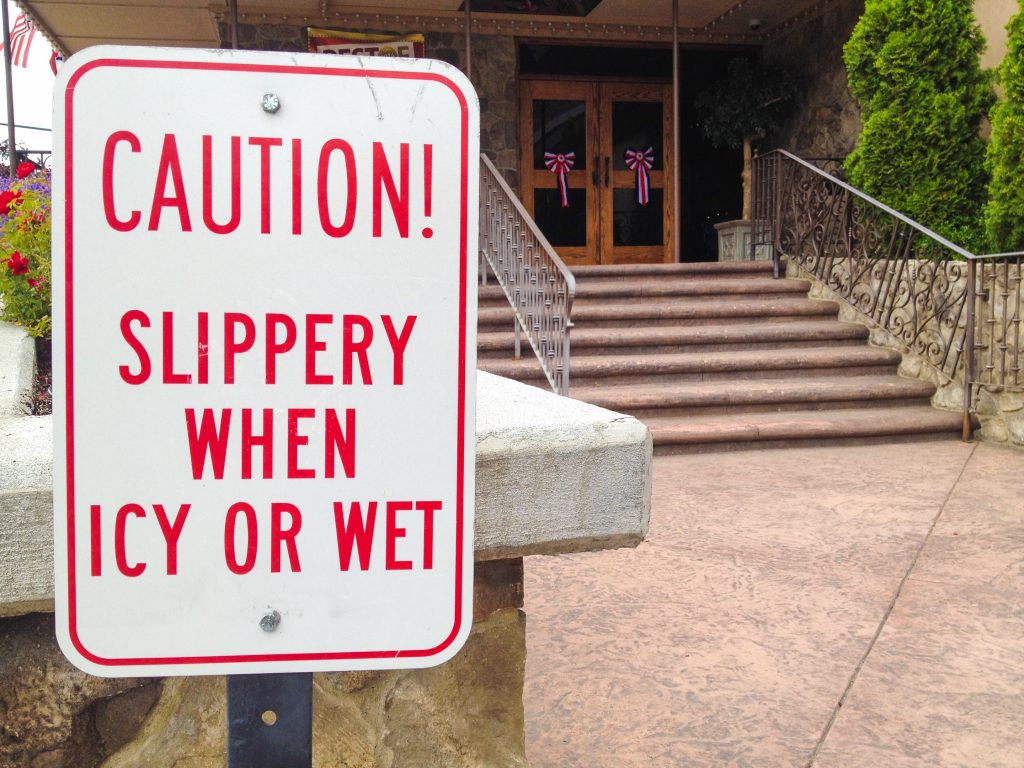
2. Constructive Notice
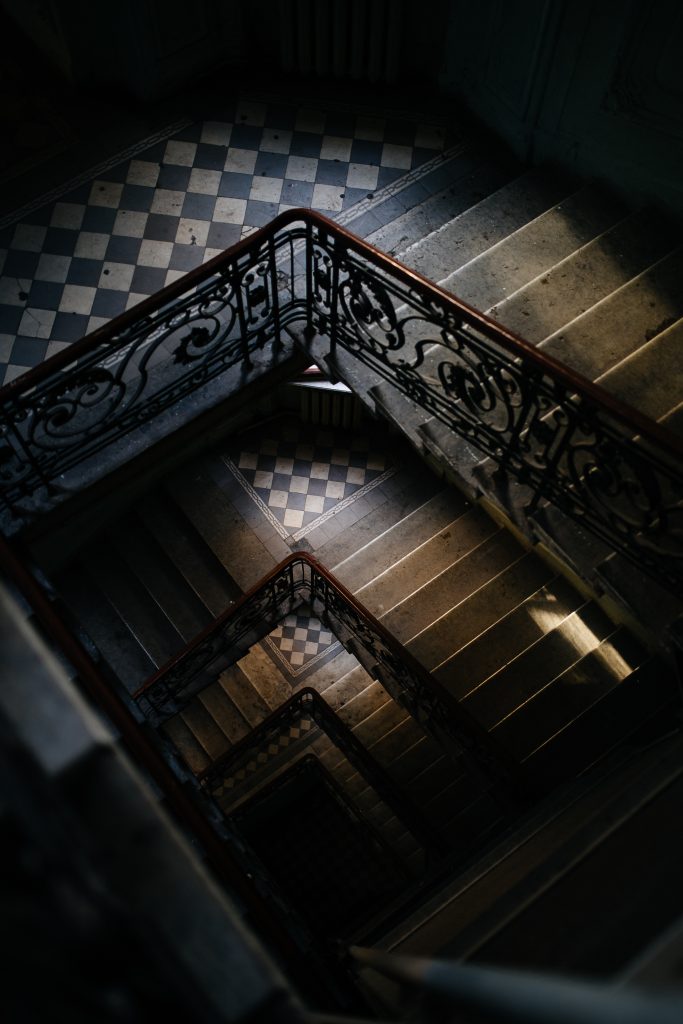
Constructive notice means the owner should have known about the hazard because it existed long enough that a reasonable person would have discovered and fixed it.
For example:
- A puddle on the floor that’s been there for hours.
- A broken handrail that’s rusted and clearly deteriorated over time.
- A light bulb in a stairwell that’s been out for days.
Even if the owner didn’t actually see the danger, they can still be held liable if it’s proven they should have known through regular inspections or maintenance.
How Long Must a Condition Exist?
There’s no exact rule for how long a hazard must exist — it depends on the facts of the case.
However, courts generally ask:
- Was there enough time for the property owner or staff to find and fix the hazard?
- Do they have regular cleaning or inspection schedules that should have caught it?
- Would a reasonable property owner have noticed it sooner?
For example, if a customer slips on a spilled drink seconds after it happens, the store likely isn’t liable.
But if the spill sat there for 30 minutes without attention, that’s constructive notice.
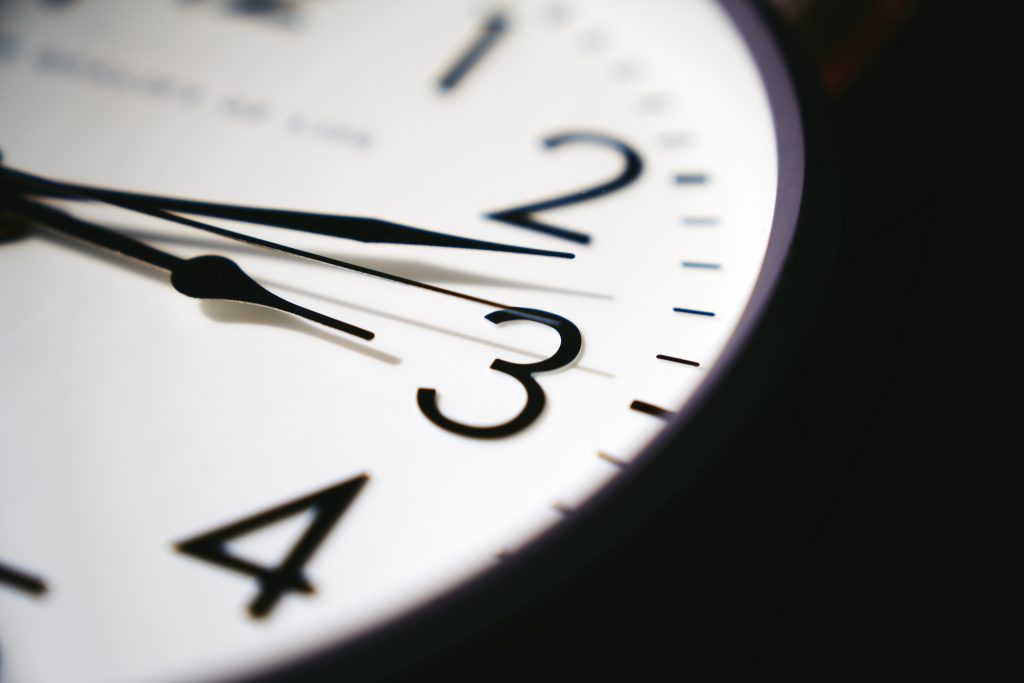
Inspection Logs and Maintenance Records
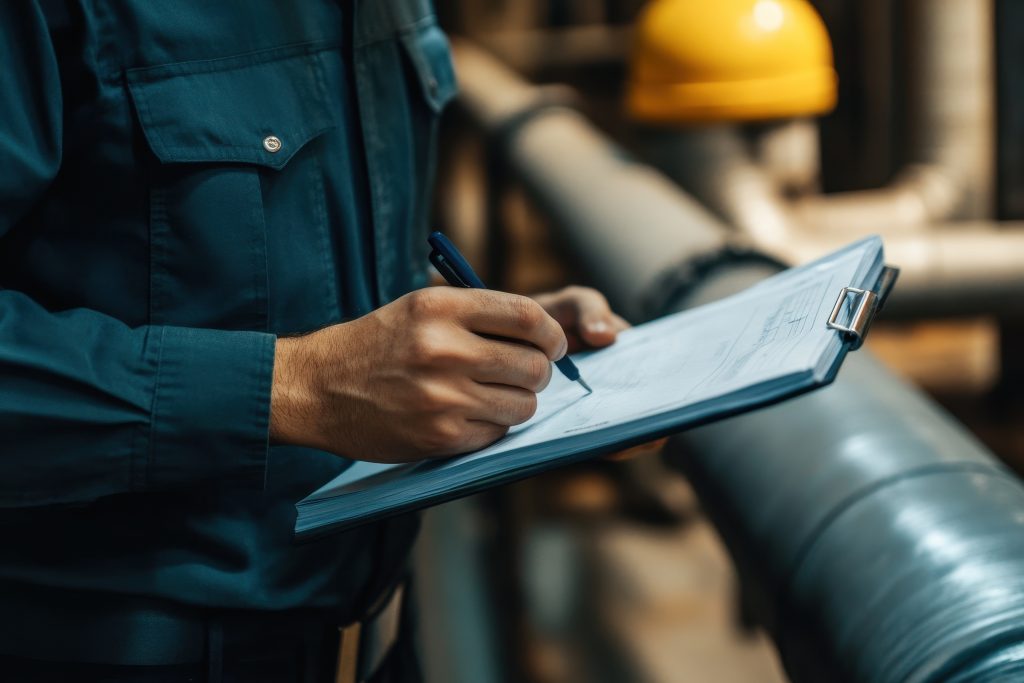
Inspection and cleaning logs can make or break a premises liability case.
These records can show:
- When staff last checked the area
- How often inspections occur
- Whether maintenance issues were reported but not repaired
If logs show long gaps between inspections or repeated issues, it may prove the owner failed to maintain a safe environment.
Similarly, repair or maintenance records can help your attorney determine whether the owner ignored known hazards or delayed fixes.
Witness Testimony and Prior Complaints
Witnesses are often key in proving notice.
For example:
- A store employee admits they knew about a wet floor but didn’t have time to clean it.
- Another customer testifies they complained about a loose tile weeks before your fall.
- Neighbors recall previous accidents caused by the same unsafe condition.
These statements help show that the property owner was aware (actual notice) or should have been aware (constructive notice) of the danger.

How an Attorney Proves Notice in a Personal Injury Case
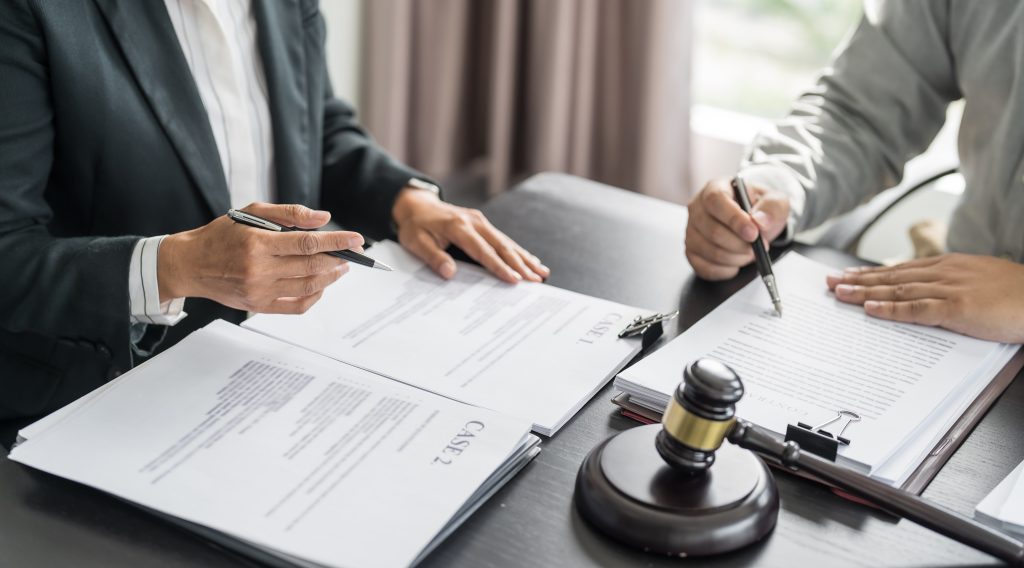
An experienced premises negligence lawyer can investigate and gather evidence such as:
- Security camera footage
- Cleaning or inspection schedules
- Work orders and repair logs
- Witness statements and prior complaints
Together, these pieces of evidence build a strong case to show that the property owner knew or should have known about the hazard — and failed to prevent your injury.
We Can Help You Prove Notice and Protect Your Rights
At LFK Law Practice, P.C., we understand how difficult it can be to recover after an accident caused by unsafe property conditions.
Our team investigates every detail — from inspection records to witness statements — to prove negligence and secure the compensation you deserve.
📞 Contact us today to discuss your case and learn how we can help you prove notice and hold property owners accountable.
